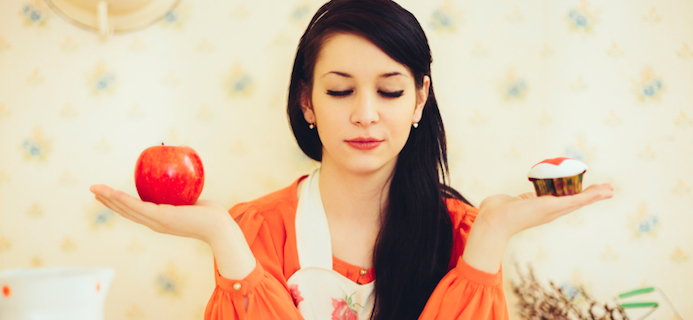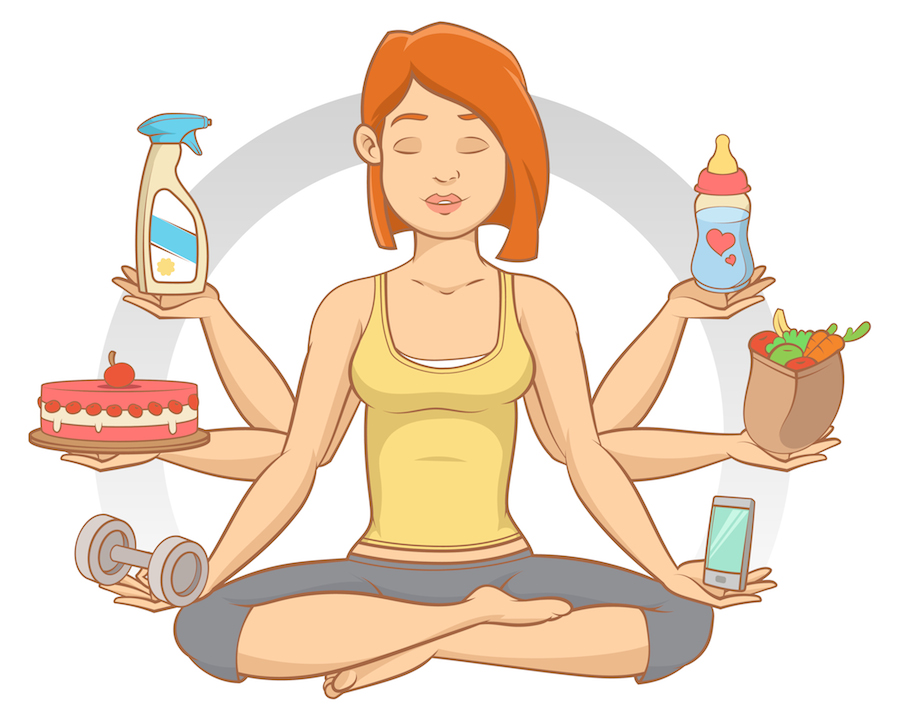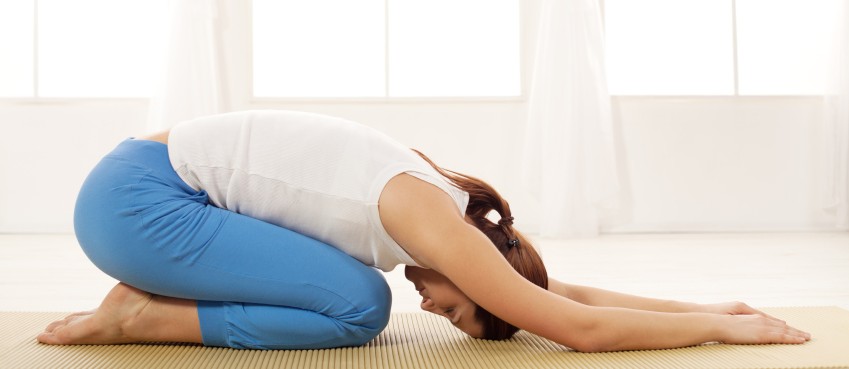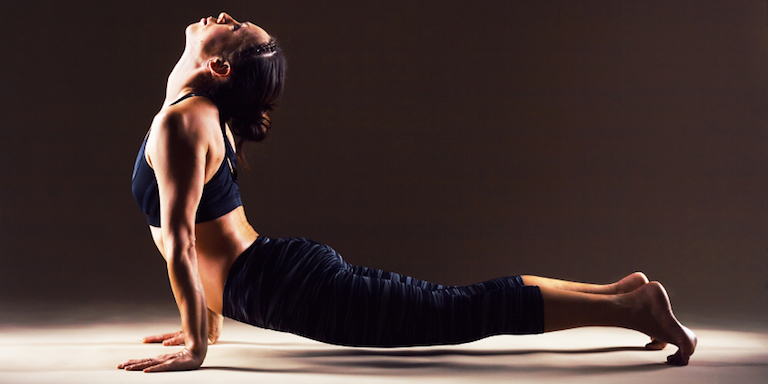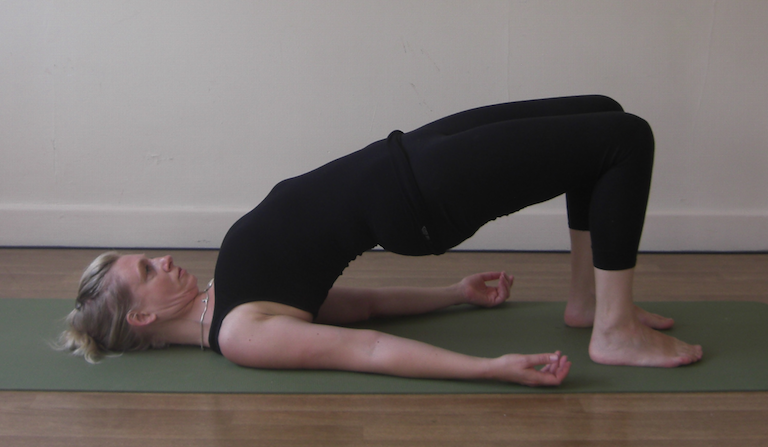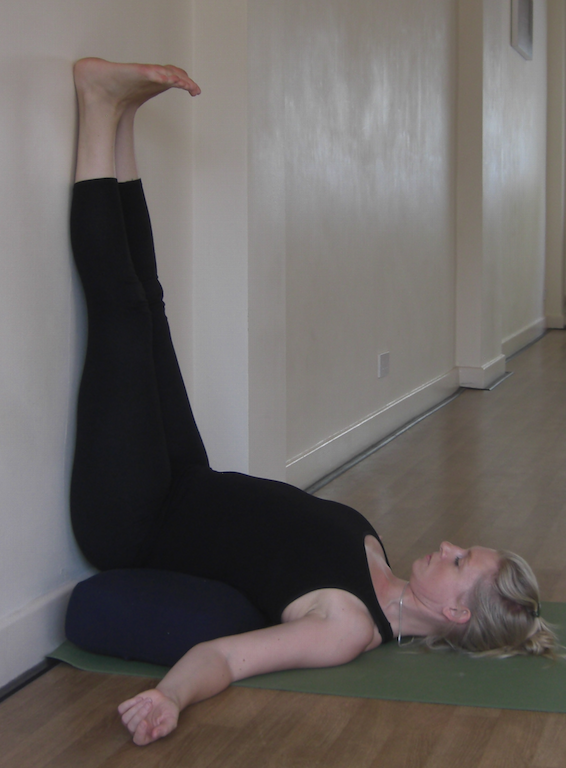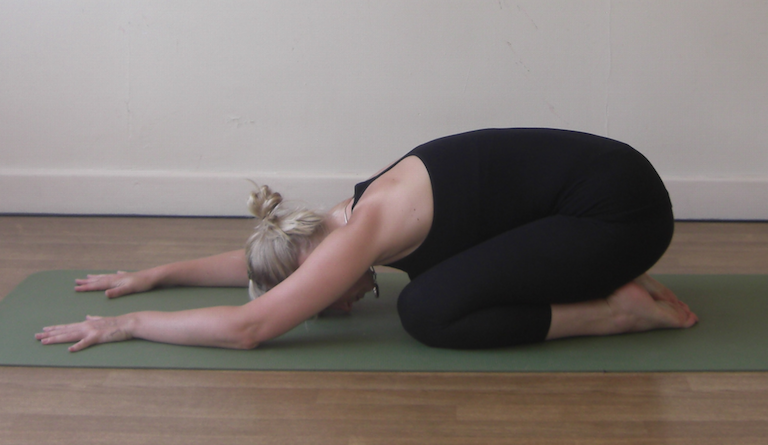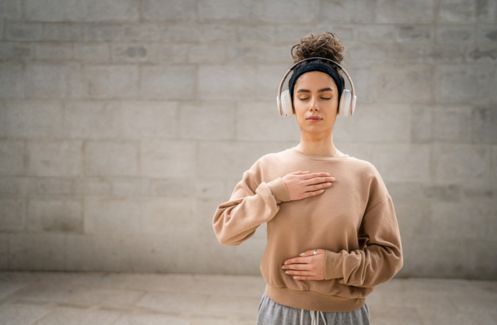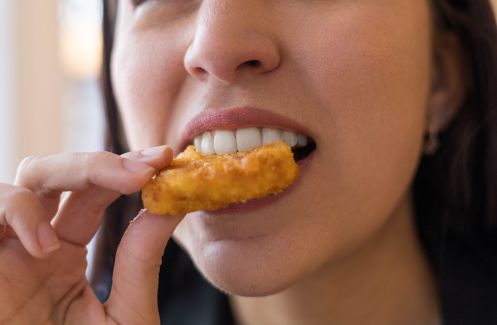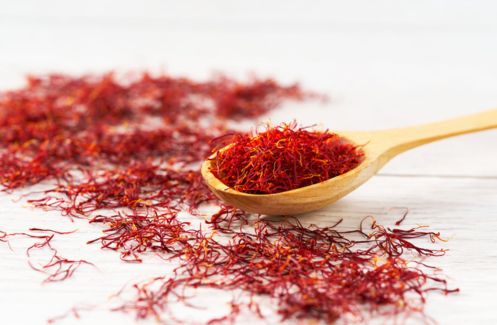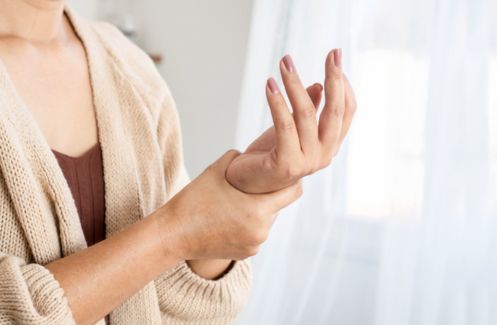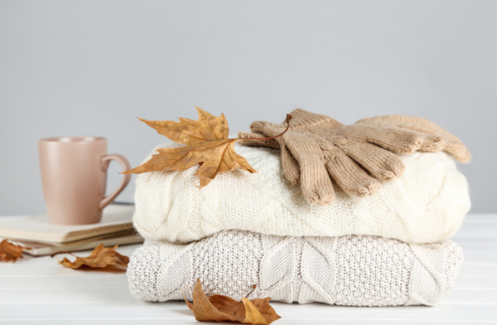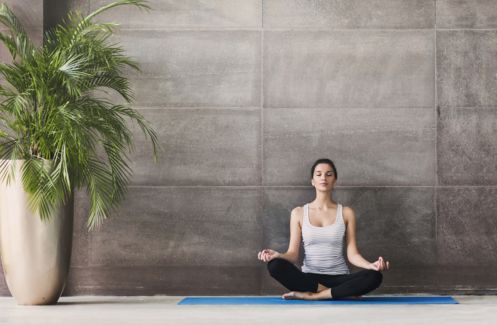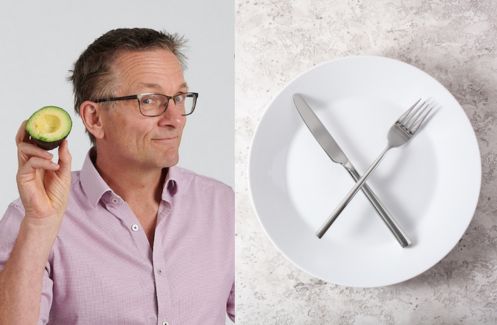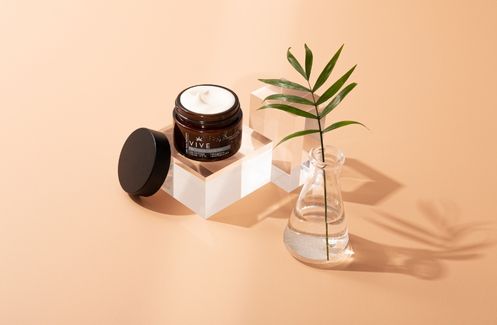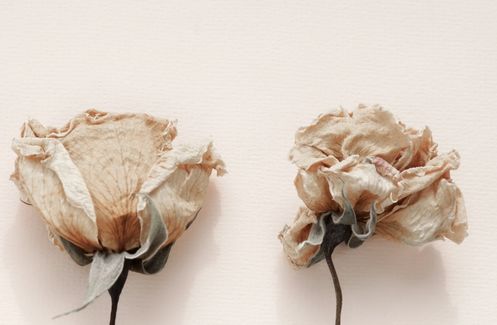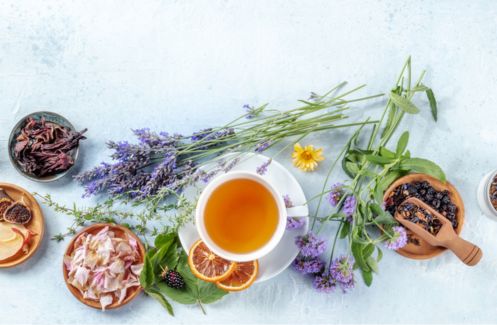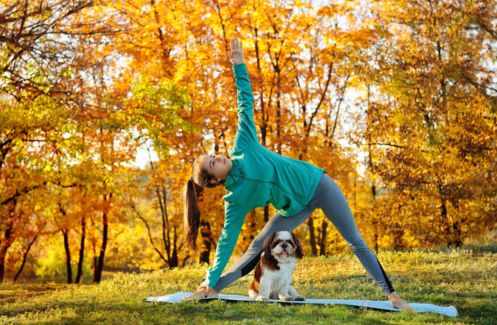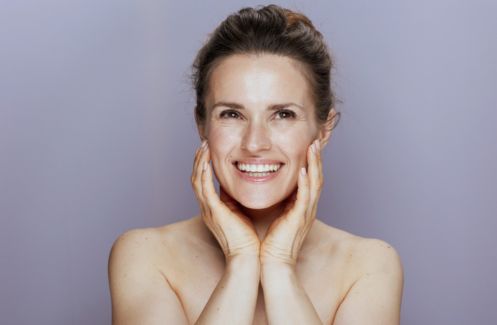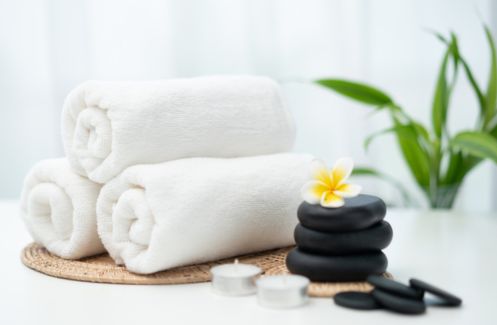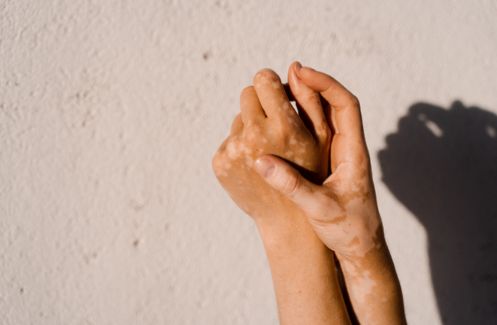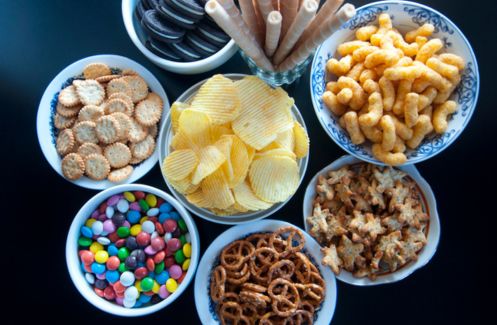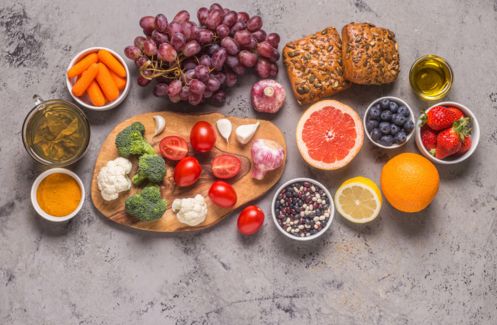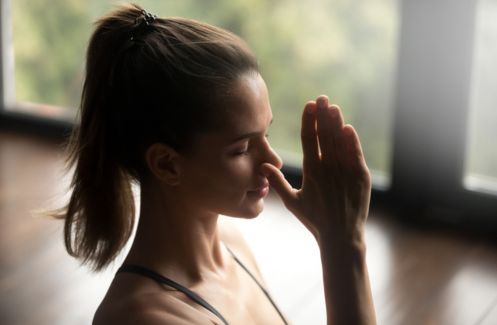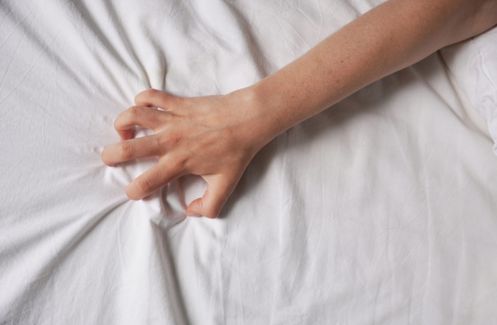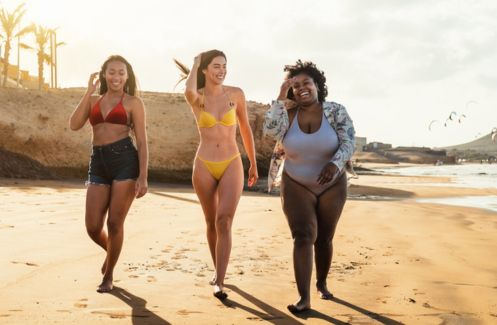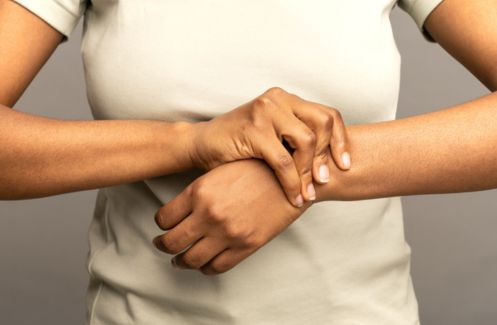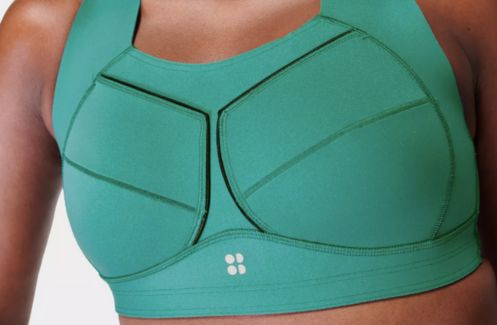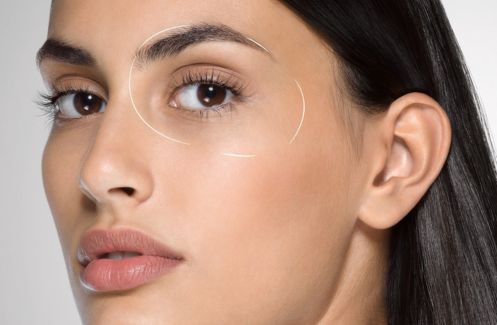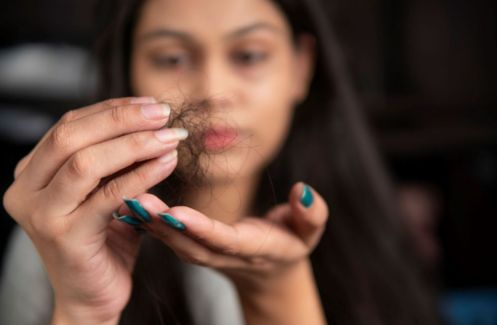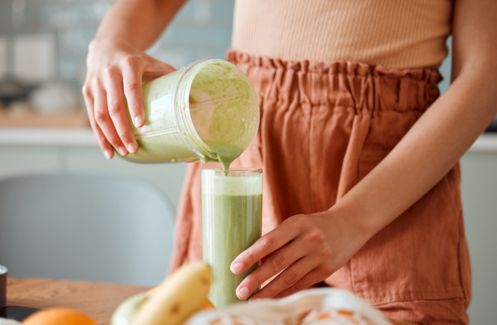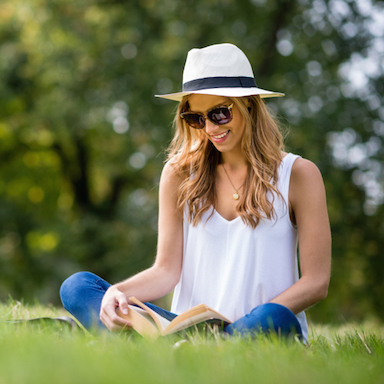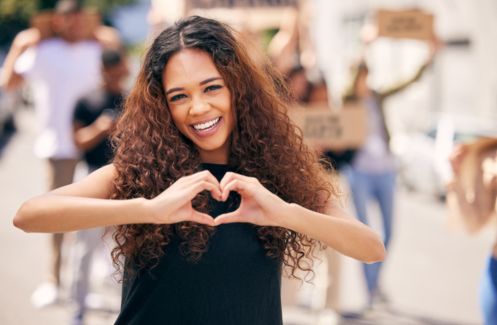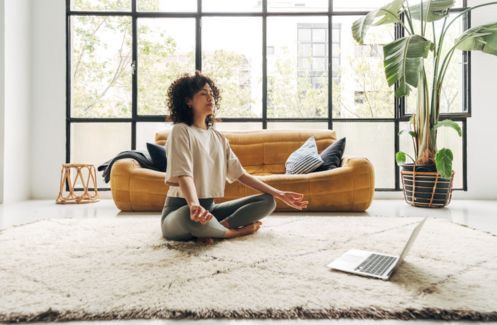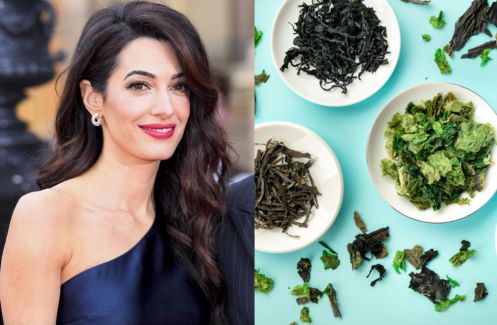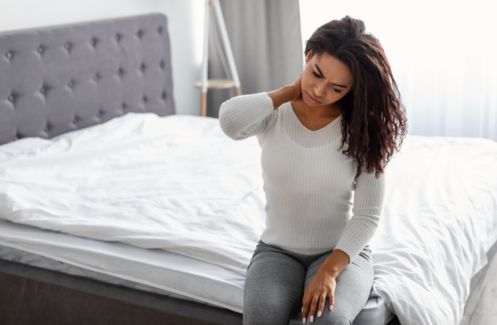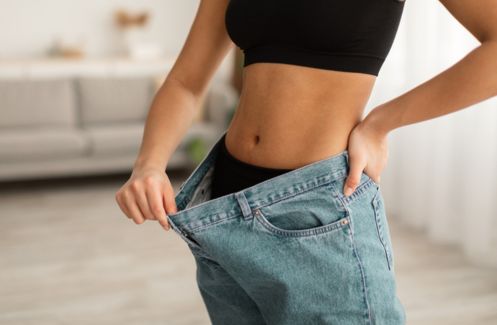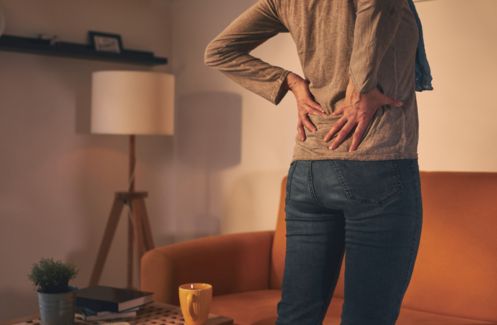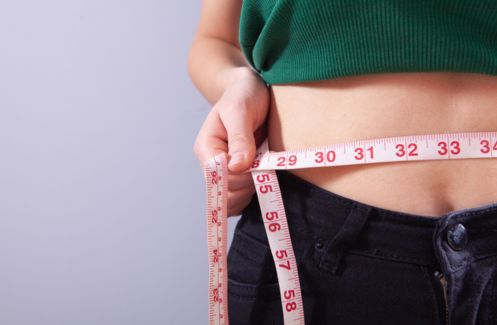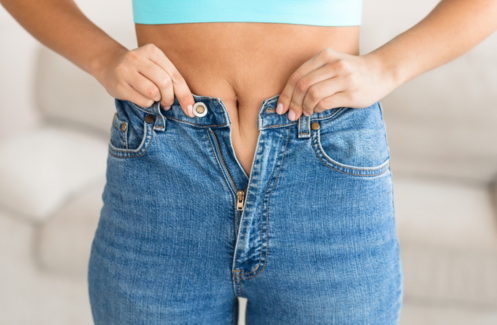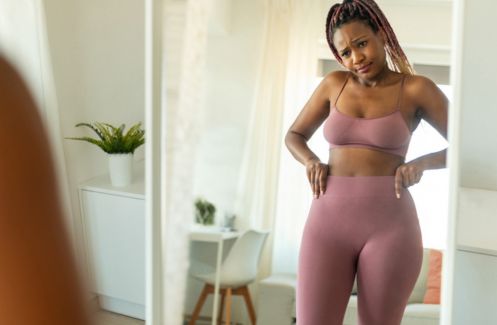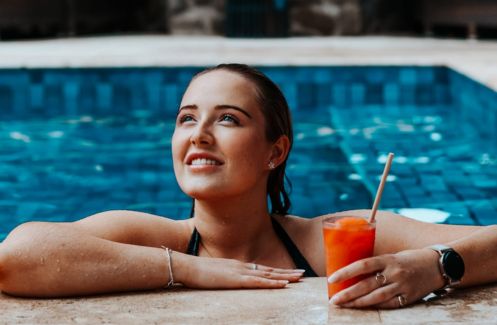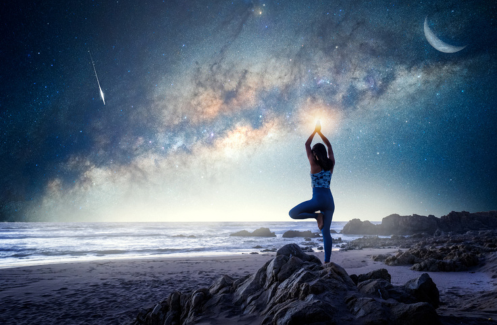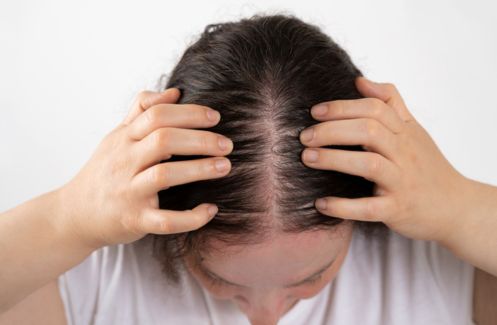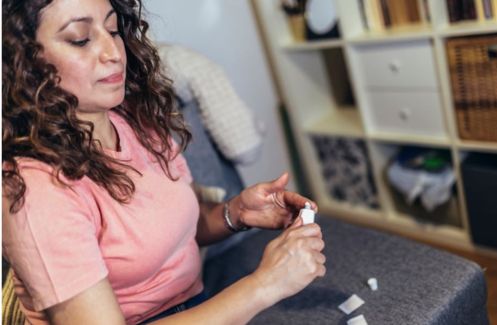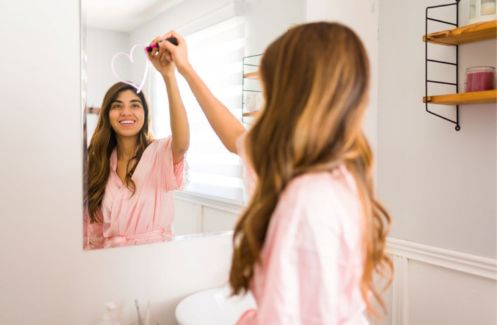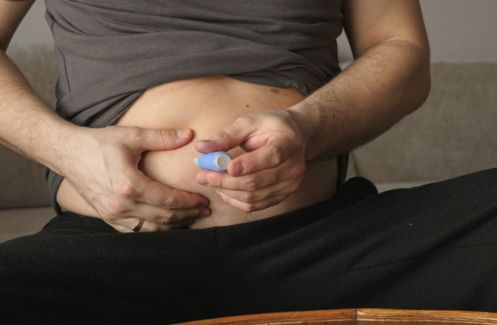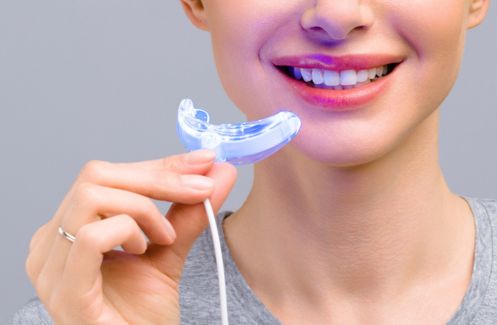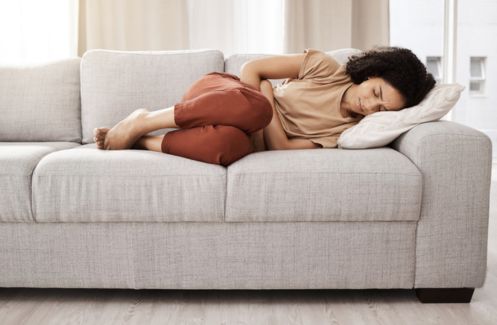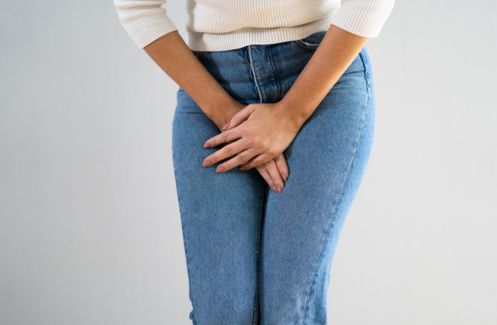Always feel like crisps or biscuits are calling you? Calmista blogger Charlotte Watts explains how practicing yoga can help battle cravings and brings you the key poses to sort your appetite
One of the many reasons that the physical practice of yoga has become so popular in the West is that its health benefits are not simply about the toning and strength it brings the body, but also about how it affects our minds. The level of focus it demands means yoga can help us learn to live with strong sensations like sugar cravings or even conflict without necessarily having to do something to numb our feelings – like eat or shout.
A recent study showed restorative yoga helped with weight loss through its alleviating of stress hormones.
Cravings for foods we’d rather not eat, things we know we don’t need to buy and relationships we know we’d be better off without come with oodles of thoughts, feelings, thoughts about feelings, feelings about thoughts and a whole gamut of very real physical responses. We know that knot in the stomach, tightness in the chest, clamping in the head would all just go away if we just filled that want with the thing we’re drawn to – the cookie, the ice-cream, the cigarette…. But we also know that we’re going round and round with those patterns, so how do we get off the merry-go-round?
Getting connected
So much of a yoga practice – whether posture work (asanas) or more still meditative aspects – is placing ourselves into positions and focusing on our bodies on how they’re feeling. Any reason we start a yoga practice is valid, but ultimately people continue because they start to more feel connected to their bodies and learn to be with the whole mixed bag of feelings churned out by their brains. Physical challenge, opening up your body in new ways, not being able to run away from that pose you don’t like, having to simply be still for any period of time (as yoga forces you to do); all of this really pushes our buttons in places we might not like them being pushed.
long-term practitioners have been shown to put on less weight over ten years because they were better at resisting cravings
Learning to stay with that feeling of discomfort, explore those sensations and yes, even switch off the judgmental ‘I like this’, ‘I don’t like this’ mind can change our perception and lessen the boundaries we put up to change. That’s where the new relationship with craving sensations off the mat can really start to flourish and we can feel we have more choice when we experience them.
Restorative yoga
In this practice, our bodies are placed in positions where they are fully supported and don’t need to exert any effort. Props like bolsters, blankets and blocks are used to ‘bring the floor to you’, so that you feel completely held and you can simply be in the position, stepping away from any sense of doing.
A recent study showed this form of yoga helped with weight loss through its alleviating of stress hormones. Letting the body come to complete and supported rest tells our whole system that it is safe. So many of our urges and knee-jerk responses come from a state of ‘constant alert’ that doesn’t allow us to settle into an easy rhythm with the demands of day-to-day life. The continually stimulating input from technology, news, the need ‘to do’ and worries from inside us can give the signals that there is danger around and we need to do something to escape it. Learning how to be still, soft, non-reactive and trusting can make all the difference and requires that we’re more consistently focussed on each breath and the unfolding feelings from our body in each moment.
Forward bends
The attitude we cultivate folding forward into ourselves is one of yielding and surrender, the absolute opposite of craving and wanting. Often when we start practicing the physical form of yoga, forward bends can create that very same spike of desire – we can just want to get further. When we practice the fine art of letting go, we can notice that our body softens and we can deepen in more easily.
Yoga helps us to experience strong sensations in life by getting to look at them in the postures – long-term practitioners of yoga have been shown to put on less weight over ten years because they were good at resisting cravings.
Forward bends also help regulate appetite if you practice those where the legs are straight, so lengthening the hamstrings and creating good vagal tone (the vagus nerve is a big nerve connecting the brain to the abdomen and key organs) which helps our ability to self-soothe when things get over stimulating. Bend your knees whenever you need though; straining the lower back is never helpful.
Backbends
Backbends lengthen the front of the body and contract the back, the opposite motion to the modern postural habits where we hunch over desks and computers. Even simply arching up from the bottom of your ribs up through a long neck, to open your chest, can create an opening in the heart and breath that can make us feel we have the energy and strength to resist cravings.
Backbends that are done as part of a well-sequenced class, allowing build up and releasing down of the muscle groups involved, can ultimately help strengthen our lower backs and encourage better postural habits whilst moving and sitting in life. This helps our whole body respond to stress with more resilience, strengthening our abilities to stand tall and walk away gracefully from that tempting cake.
3 YOGA POSTURES TO DO WHEN CRAVINGS STRIKE
Bridge Pose (Setu Bandha Sarvangasana)
This pose is a clever back bend that helps position the neck and shoulders to release, areas where we can keenly feel the effects of stress and feel locked into our responses. It can feel intense when we come from a place of tension, so watch you don’t grip the breath and make sure you fully release into the sensations. The strength needed to sustain the pose can help redirect attention from cravings, but also show us how we need to keep soft in the breath, eyes and jaw to be able to be with those strong sensations and not introduce more stress.
- Lying on the floor, position your feet comfortably close to the buttocks. Make sure the feet are hip width apart, outsides of the feet parallel.
- With arms down by the sides of the body, turn hands palm up and move shoulder blades down the back to open the chest and lengthen the neck.
- Feeling good contact with the base of the big toes inhale and lift the pelvis off the floor one vertebra at a time. Keep rolling the thighs in, flatten the belly and lift the breastbone towards the chin.
- Breathe to keep the chest lifting, stay for a few rounds of breath, as long as you can without force and a soft jaw and face, feeling the back arch into the upper spine. You can inhale up and exhale down as many times as feels right before settling to hold the pose.
- Roll the spine down and rest until the back muscles settle. Follow with down-face dog to bring the spine to neutral.
Waterfall Practice (Viparita Karani)
This restorative backbend allows full chest opening with lower back support, simply as you lie and allow the blood to flow back easily to head and heart. It can help release the excitatory state that craving produces.
- Position a bolster or stack of folded blankets or towels parallel to and a couple of inches away from a wall. Sit on the end of your lift, lower hip close to the wall and swing your legs up. Shimmy your lower back fully onto the lift, whole of your pelvis supported but not digging into the waist. Lie with your arms out about 45 degrees and palms up.
- Stay for as long as you have, easily breathing open the chest and periodically walking the shoulder blades down the back to come more and more towards the tops of the shoulders.
- If you have tight hamstrings; move your lift further away from the wall. If your shoulders are feeling free you may be able to bring your hands over your head to the floor behind you.
Child Pose (Balasana)
Child pose is the ultimate resting forward bend to come back to anytime and catch up with your breath and curl into the safety of a foetal position, where the ‘unsafe’ signals of stress that prompt cravings can be soothed. The brain is calmed from tipping the head forward and naturally energised from gentle pressure on the forehead. This means that balasana can be used as a nourishing rest-stop between poses for anywhere from 10 seconds to a minute or as a restorative pose in its own right at the relaxing end portion of a practice.
- From all fours or down-face dog, sit back on the heels for a few breaths and then bring the big toes together, open the knees just wide enough to get chest through and move the hips back to drop down the top thighs towards the heels.
- Keep looking forward to lengthen the spine and slowly walk the hands forward, taking enough time to allow the spine to lengthen. You can put a bolster under your chest for more support and restoration
- Eventually release the hairline to the floor or onto one or two blocks if your bottom doesn’t very easily touch the heels.
- Keep the mind engaged on the tide of the breath with a particular focus on dropping down the tops of the thighs to feel rooted in the pose.
Other Calmista blogs by Charlotte Watts
What’s really behind your emotional eating (and how to stop)
5 Steps to making resolutions stick
3 ways to stay calm this Christmas
5 ways to resist a Christmas sugar blowout
8 easy ways to really soothe stress
Charlotte Watts is a nutritionist and yoga teacher who focuses on how nutrition and yoga can meet to help people cope with the demands we face in the 21st century. Charlotte’s new book The De-Stress Effect: Rebalance Your Body’s Systems for Vibrant Health and Happiness,(Hay House) is out this March and is now on pre-order from Amazon. You can book Yoga Retreats with Charlotte 2015 held in the UK on weekends and South-West France in June. For health resources and information on classes, workshops, retreats and please visit Charlotte’s website. You can follow Charlotte on: Facebook Linkedin Twitter
Like this article? Sign up to our newsletter to get more articles like this delivered straight to your inbox.



